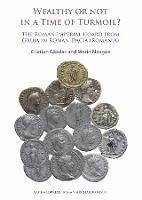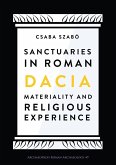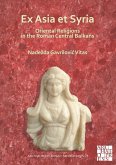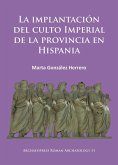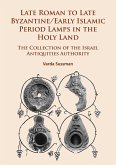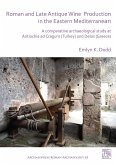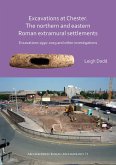The Roman imperial hoard from Gruia, Romania (former Roman province of Dacia) is among the largest ever discovered in this part of the Roman Empire. 1,509 silver coins dated from Vespasian to Gordian III were accidentally discovered while digging in a private garden. Wealthy or not in a Time of Turmoil? The Roman Imperial hoard from Gruia in Roman Dacia (Romania) presents a catalogue of each of these coins, photos included, with their complete descriptions. A comparative analysis with other similar hoards throughout the Roman Empire reveals general and specific patterns for hoarding in this period. At the same time, looking at the prices and salaries around the time the hoard was buried, the authors aim to establish whether such an amount of silver coins could have represented someone's entire wealth. In addition, analysing the distribution of hoards in the provinces from the Middle and Lower Danube and the history of this area, some possible reasons for concealing and not recovering this hoard are discussed. One excited aspect emphasised in this book is the presentation of so the called 'weird' coins meaning those pieces that have been minted with various errors, by mistake or deliberately, such as engraving errors, coin-die malfunction, plated coins etc.
Dieser Download kann aus rechtlichen Gründen nur mit Rechnungsadresse in A, B, BG, CY, CZ, D, DK, EW, E, FIN, F, GR, HR, H, IRL, I, LT, L, LR, M, NL, PL, P, R, S, SLO, SK ausgeliefert werden.

